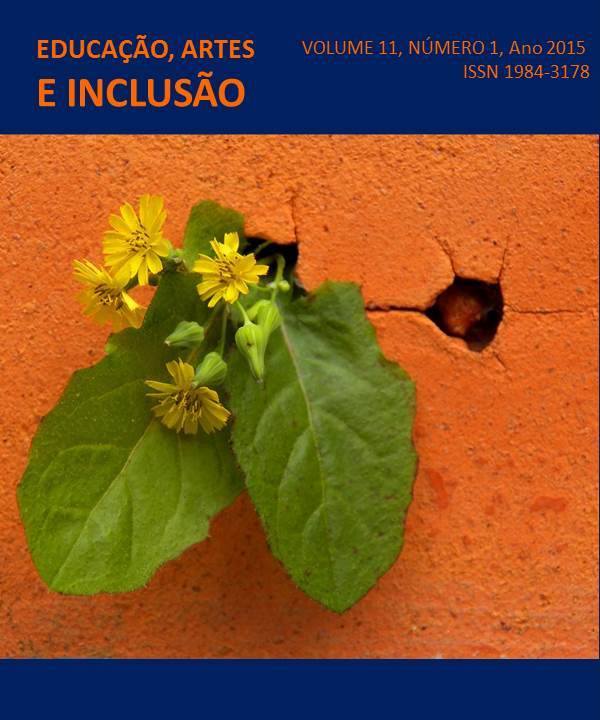MEDIAÇÃO DE ARTES PARA ESPAÇOS ESCOLARES E MUSEOLÓGICOS COMO FORMA DE INCLUSÃO
DOI:
https://doi.org/10.5965/198431781112015010Keywords:
mediação, arte e educação, inclusão, espaços escolares e/ou culturais.Abstract
A mediação em Artes Visuais, muitas vezes, foi vista como atividade secundária; porém, nos últimos anos, tem-se afirmado sua importância tanto em espaços escolares quanto em espaços museológicos. Verificou-se tal hipótese em uma pesquisa sobre a categoria mediação, realizada a partir dos artigos relativos ao Comitê Educação em Artes Visuais (CEAV), publicados entre os anos de 1999 até 2012, nos anais da Associação Nacional de Pesquisadores em Artes Plásticas (ANPAP). Objetivou-se pensar a categoria mediação na contemporaneidade e suas diversas formas de abordagem, através de uma análise quantitativa e qualitativa dos artigos. Dentre os diversos conceitos de mediação encontrados nos artigos observou-se a prevalência de quatro perspectivas de abordagem: a mediação como uma relação homem-tecnologia; como uma metodologia para o ensino de arte; como relação que se estabelece entre sujeito e objeto artístico, e por fim, como intervenção pedagógica. A pesquisa contribuiu para se dar visibilidade à importância da mediação, sobretudo seu caráter inclusivo de diferentes públicos no contexto da arte contemporânea; pois o público nem sempre consegue compreender os sentidos da obra, por consequência, também não constrói novos significados. É neste contexto que a mediação realiza sua função.Downloads
Downloads
Published
How to Cite
Issue
Section
License
Copyright Statement
The Educação, Artes e Inclusão is a journal that follows the Free Access Policy. The articles published by the journal are free of charge, intended for educational and non-commercial applications. The articles whose authors are identified represent the expression from the point of view of their authors and not the official position of the Educação, Artes e Inclusão Journal or the Educação, Artes e Inclusão Research Group.
Authors who publish in this journal agree to the following terms:
(A) Authors retain the copyright and grant the journal the right of first publication, with the work simultaneously licensed under the Creative Commons Attribution License which allows the sharing of the work with acknowledgment of authorship and initial publication in this magazine.
(B) Authors are authorized to take additional contracts separately, for non-exclusive distribution of the version of the work published in this journal (eg publish in institutional repository or as a book chapter), with acknowledgment of authorship and initial publication in this magazine.
(C) This journal provides public access to all of its content, as this allows for greater visibility and scope of published articles and reviews. For more information on this approach, visit the Public Knowledge Project.
This journal is licensed under a Creative Commons Attribution-NonCommercial-ShareAlike 4.0 International License. This license allows others to remix, adapt and create from your work for non-commercial purposes, and although new work must give you due credit and cannot be used for business purposes, users do not have to license such derivative works under the same terms.



